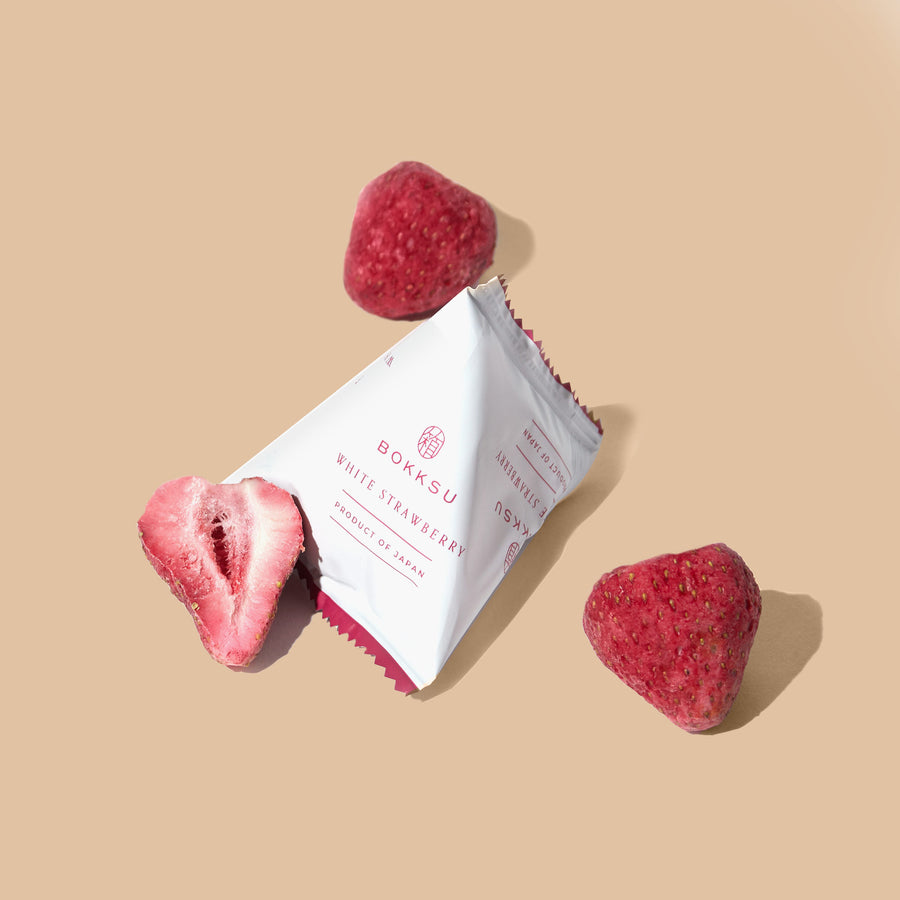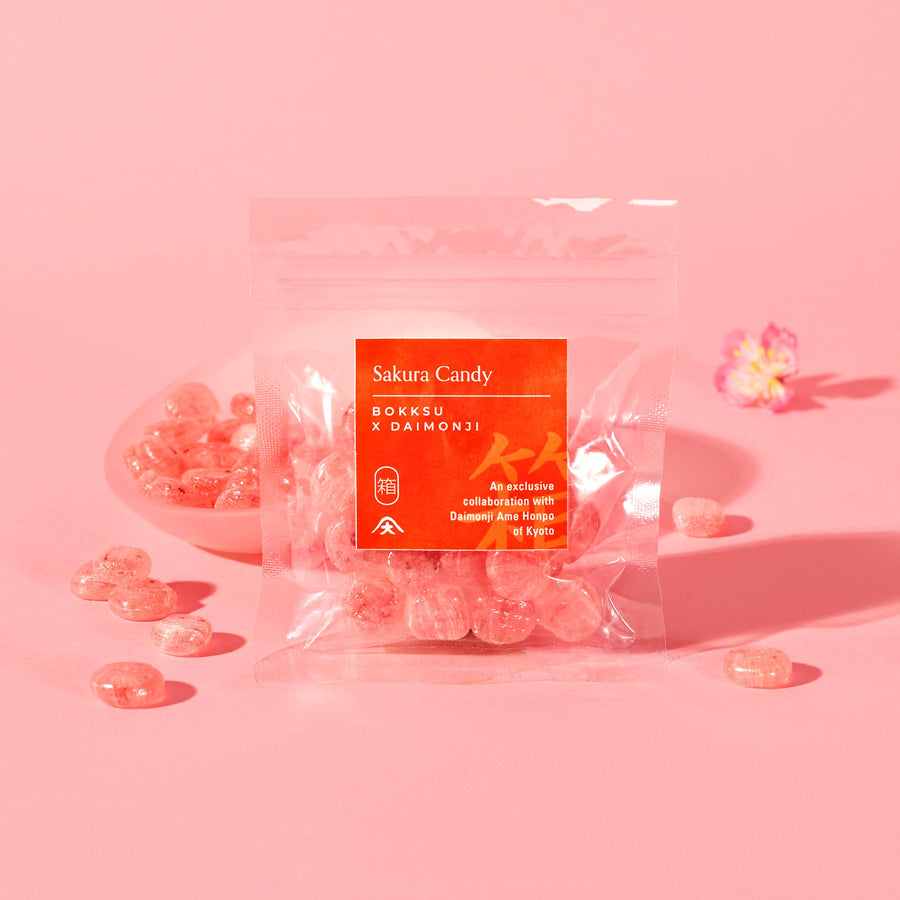5 Festivals to See in Kyoto
Matsuri means festival in Japanese, and there are a plethora of matsuri held in the city of Kyoto throughout the year. Kyoto was Japan’s imperial capital until it changed to Tokyo in 1869.
Despite no longer being the country's capital, Kyoto is still the go-to city for many of Japan’s most popular and important festivals. Each of these festivals boasts their own unique origins, traditions, and iconic locations.
Here are our five favorite must-see Kyoto festivals.
1. Gion Festival (Gion Matsuri)
One of the largest and most famous festivals in all of Japan, Gion Matsuri is a summer festival that takes place during the entire month of July.
Dating back to the 9th century, Gion Matsuri was originally a religious festival meant to appease Japanese deities and ward off diseases. Today, this festival still celebrates Yasaka Shrine, or “Yasaka Jinja,” which was established over 1,350 years ago.
Many events are held during this festival, but one of the most important and iconic is the Yamaboko Junkō or “float processions.” Dozens of ornately decorated floats and participants dressed in traditional yukata form a parade, along with musicians and performers. The streets close to traffic and food stands, drink vendors, and crowds take over.
2. Jidai Festival (Jidai Matsuri)
Also known as the “festival of the ages,” Jidai Matsuri takes place in the fall, specifically October 22nd. This parade from the imperial palace to the Heian Shrine celebrates the anniversary of the foundation of Kyoto.
Since 1895, parade participants have dressed as famous historical figures or donned traditional clothes from each of Japan’s time periods, celebrating about 1,100 years of history.
This festival is a visual spectacle and history lessen all in one! Honorary commissioners lead the parade in horse-drawn carriages inspired by the 1800s, followed by marching bands, soldiers, and more. The procession takes about two hours and features roughly 2,000 paraders.
3. Aoi Festival (Aoi Matsuri)
Also referred to as the “Hollyhock Festival”—because of the hollyhock leaves festival participants wear— Aoi Matsuri is an annual spring festival known by many names.
Held on May 15th, this historical parade has been around since the Heian Period (794-1185). Aoi Matsuri is also called the Kamo Festival, since it celebrates the two Kamo shrines located in the north of the city: Shimogamo Shrine and Kamigamo Shrine.
The two-part festival includes a large parade from the imperial palace, featuring over 500 participants in traditional 7th century dress, as they proceed to each of the Kamo Shrines for special ceremonies.
4. Kyoto Light Festival (Hanatouro)
This Kyoto festival takes place during March and December in western Kyoto, offering festival-goers plenty to see. Hanatouro means "flower and light road,” and so thousands of paper lanterns and ikebana flower arrangements line the city’s walkways.
Popular spots for Kyoto’s light festival include Togetsukyō Bridge and the bamboo forest, where lantern-lined paths highlight natural splendors. Other festival attractions include street performances, student art displays, and kaleidoscopic projections on temple buildings. Kyoto is home to numerous shrines and temples—like Nonomiya Shrine and buddhist temples Jōjakkō-ji and Nison-in—many of which are lit up to celebrate the festivities.
All that walking around and sightseeing can build up quite an appetite, and so visitors can stop at food stalls along the way.
5. Kurama Fire Festival (Kurama no Hi Matsuri)
Another fall celebration, Kurama no Hi Matsuri is one of Kyoto’s most popular fire festivals and arguably Kyoto’s most theatrical parade. The festival is a reenactment of the relocation of the Yuki-jinja Shrine from Kyoto to Kurama.
The festival begins at dusk, in the woods of Kurama villages, as hundreds of villagers, dressed in traditional clothes made of braided rope, carry burning torches to the shrine. The event was originally meant to welcome the shrine’s spirits, or kami, to the village.
A right of passage for young people, children lead the procession (carrying small torches), followed by teens, and then adults. Men carry portable shrines called mikoshi as well as the largest, most impressive torches, which can weigh 80 kilograms (over 175 pounds). All the torches are brought to the shrine where they are combined to create a massive bonfire that lasts until midnight.
Kyoto is a go-to city for popular, must-see Japanese matsuri. Kyoto's festivals celebrate history and tradition with spirited parades, intricate costumes, and other visual spectacles. What Japanese festival do you want to see most?
Author Bio







 Bokksu Snack Box
Bokksu Snack Box

























